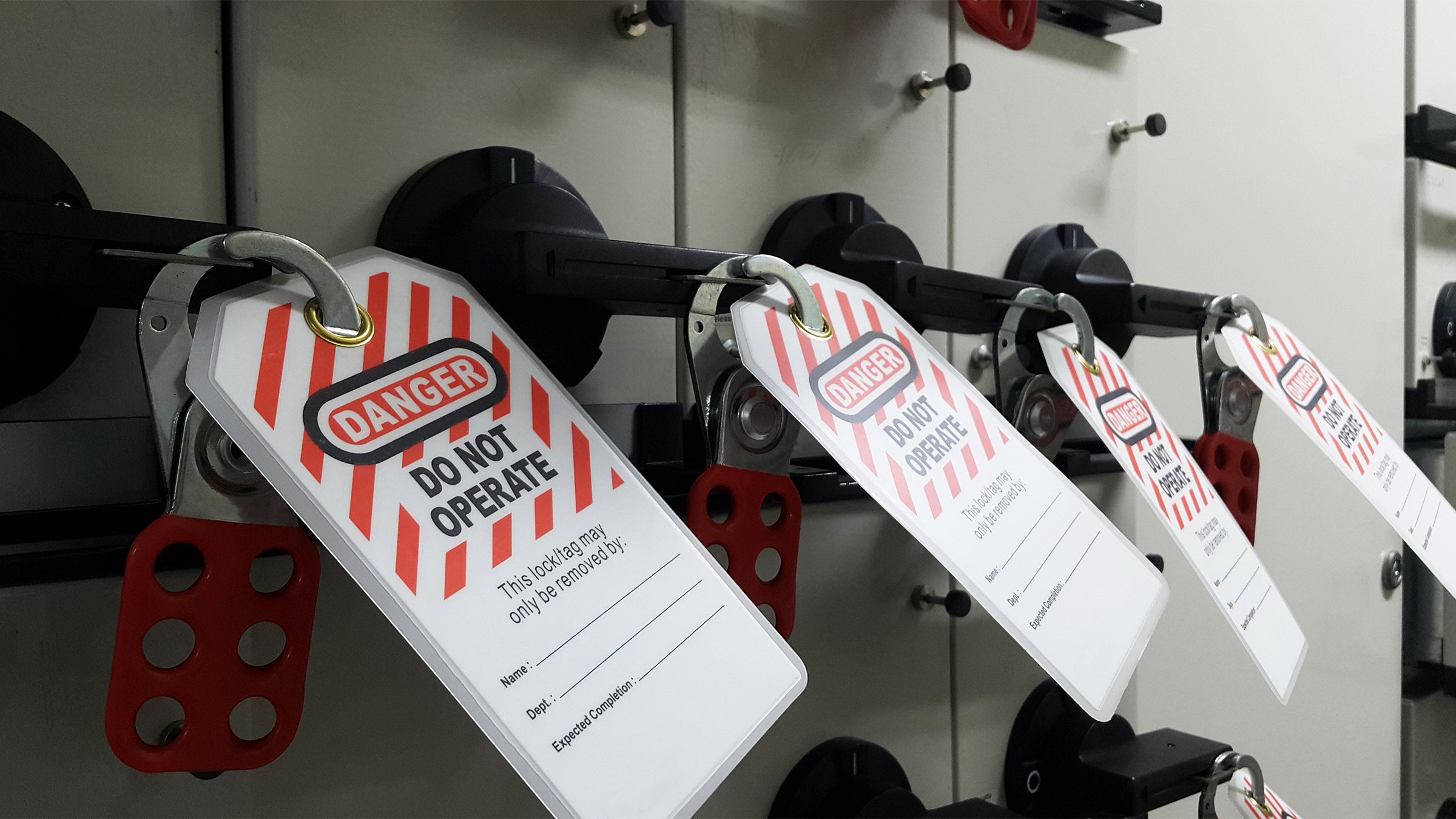By Phil Allen, Founder and Chairman of the Board, and Nick Schiltz, Content Marketing Specialist, Grace Technologies, Inc.
In the upcoming NFPA 70E® 2024 Edition the inclusion of the phrase "at each point of work" has prompted questions about the use of permanent electrical safety devices (PESDs) and absence of voltage testers (AVTs) for establishing an electrically safe work condition.
Qualified electrical workers are trained and intuitively know where to perform an absence of voltage test with portable test instruments within a given panel. However, best practices need to be established to verify that PESDs and AVTs are installed and terminated in the correct place within an electrical panel.
More specifically, verification is needed that test point PESDs remain compliant and relevant with the updated standard. By addressing the confusion and highlighting the importance of test point PESDs, we aim to demonstrate how users can confidently operate these devices in lockout/tagout (LOTO) procedures for reducing risk while establishing an electrically safe work condition.
The Significance of "Point of Work"
The concept of "point of work" is crucial for workplace safety, referring to the specific location where tasks are performed, and workers interact with tools, systems or materials. This intersection between the worker and the work environment holds significance for safety, performance and training.
The visibility of each isolation point for electrical energy is a fundamental electrical safety principle. Both PESDs and AVTs have a proven track record of reducing risks; partly because they’re engineered into electrical panels and inherently provide visibility of electrical energy.
Initially, voltage presence indicators provided visible indications of an electrical isolator's status. The introduction of AVTs and high impedance-protected test points has made absence of voltage testing a less risky way to establish an electrical work condition. In addition, the NFPA 70E 2024 Edition also recognizes test points as valid “Additional Safety-by-Design Methods” (NFPA 70E O.2.4.(13)).


